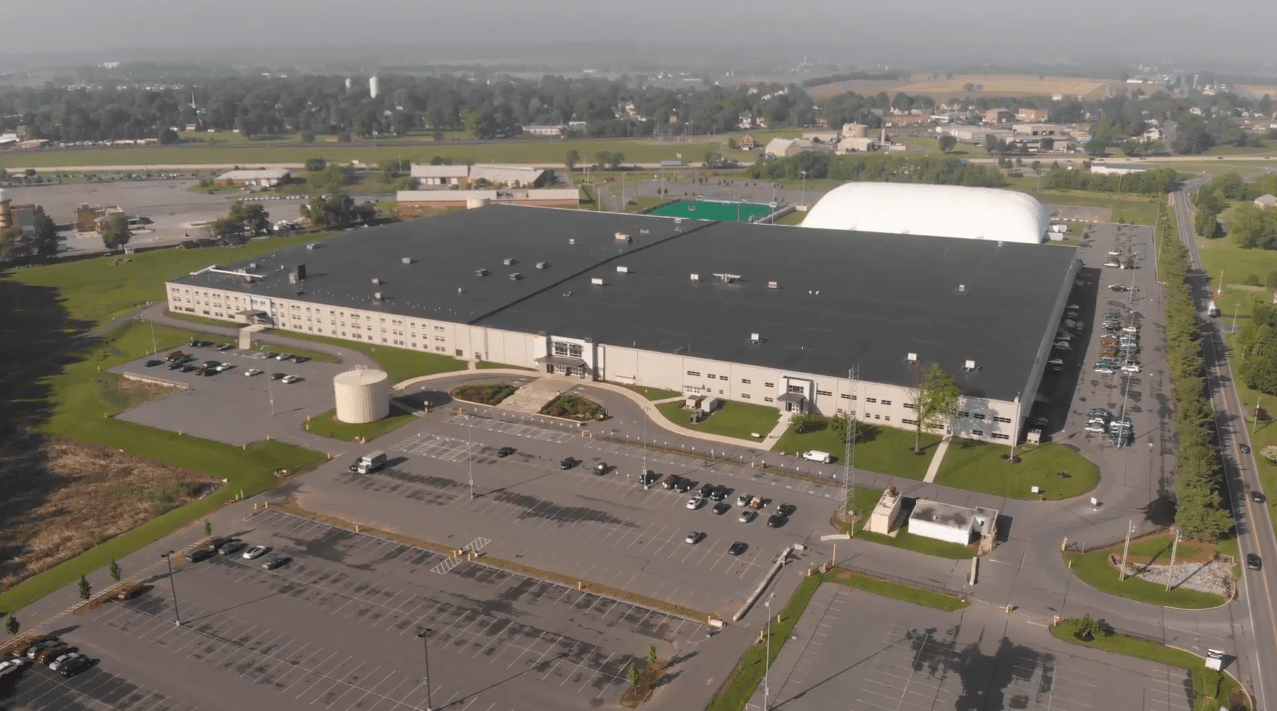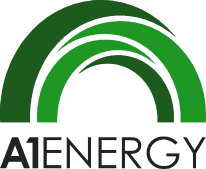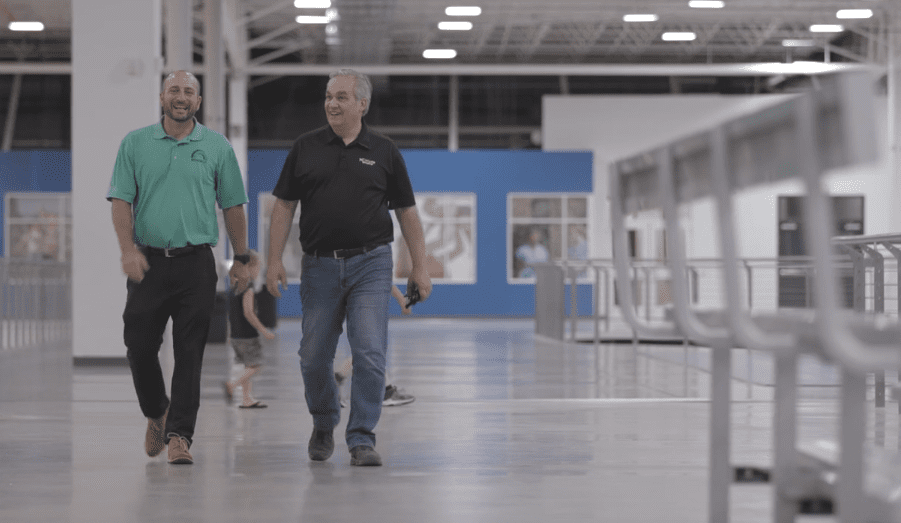
A Look at Spooky Nook Sports
Most building owners are familiar with the long and growing list of benefits that come with energy efficiency upgrades. Often, tackling energy projects is more a question of when than if. That was the case for Spooky Nook Sports owner, Sam Beiler, who in 2012 wanted to bring in LEDs to light the Lancaster facility but found that the technology at the time was not yet cost-effective enough to implement. Spooky Nook needed support to bridge the gap for energy efficiency upgrades.
Fast forward to 2018-2019, and the story looks much different. The landscape for LED retrofit implementation for buildings of all types is a much easier task for energy managers to tackle. More business decision-makers are using available resources like creative financing options, leases, rebates, and grants to help remove the barrier to entry of upfront costs and push energy projects along. Mike Porreca was a member of Spooky Nook Sports and also an Energy Consultant with A1 Energy. He noticed there was a potential to help Sam accomplish his LED retrofit goals by addressing some common questions and with the help of Act 129.
These are some common questions that we help facilities, like Spooky Nook Sports, address when analyzing their ability to lower energy consumption through lighting retrofit projects.
1. What is the cost savings on the maintenance of old fixtures and ballasts?
Fixtures and ballasts vary in their longevity, which is why lighting equipment and labor costs can drastically decline when upgrading to LEDs. For fluorescent fixtures, many facilities handle their tube changes in-house and hire electricians to replace the ballasts, which, on average, costs about $100 for every two ballast replacements. With LED upgrades, the ongoing cost cycle of ballast maintenance can be eliminated.
Lowering maintenance costs throughout a facility is of great benefit. Lighting maintenance costs are often rolled into a facility’s budget for maintenance and operations. For large commercial and industrial facilities, the ability to lower maintenance costs has one of the most significant impacts on decisions made to move forward with an LED lighting retrofit project. When the average life of a lamp is two years vs. twenty years, it's time to consider how often maintenance disruption to those systems is a factor. Costs are divvied up into two types of repairs; replacement of equipment and costs for replacing fixtures and ballasts.
As a result of the LED retrofit project at Spooky Nook Sports, the estimated cost savings on lighting maintenance was calculated at $40,000 annually.
2. How can a lighting retrofit save on HVAC costs?
Heat associated with old inefficient fixtures causes the temperature to increase, which results in increased HVAC costs. Older lighting fixtures, like incandescent and halogen lights, are notorious for being more efficient at heat production than light production. As such, the heat output associated with older types of lighting raises the ambient temperature of a facility and must be addressed by increased cooling during the hot summer months. Not to mention, replacing old fixtures to updated LEDs reduces the carbon footprint of a facility, thus lessening the impact on our environment by lowering energy demand. To calculate the heat increase on-demand from lighting fixtures, the ASHRAE (American Society of Heating, Refrigeration, and Air Conditioning Engineers) has published a generalized equation. ASHRAE states that for every 100 watts used to light a space, an additional 30-35 watts of cooling is required to offset the heat output. Every kWh not being used to compensate for lighting heat can be attributed to "x” number of cents saved in cooling costs. At Spooky Nook, HVAC savings that resulted from the LED retrofit was estimated to be $16,000 annually.
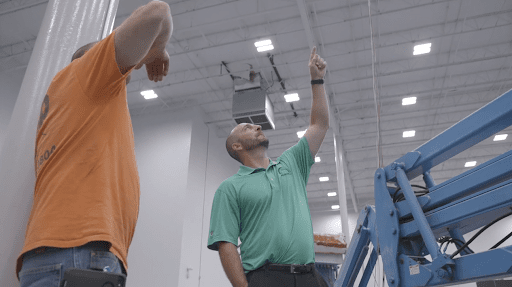
3. How much downtime is my facility losing with old lighting fixture replacement and maintenance?
Traditional lamp replacement is scheduled for the life of a lamp… about two to three years. Large scale facilities incorporate this into maintenance time. However, for lighting maintenance it's required to section off areas one at a time to ensure safety, rendering the location down and taking away from the facility's ability to use this space while maintenance occurs. Lighting maintenance downtime can eat away at a facility's profit and can be drastically reduced with LED upgrades that have longer life spans upwards of 20 years and don't require ballast replacements. Downtime is exacerbated by facilities with more than one shift a day, as maintenance cannot be scheduled during off-hours.
The extensive lifespan of LEDs helps building owners avoid the time sacrifices often made, including additional maintenance and downtime, as experienced with older, lower lifespan lamps.
4. What is Act 129?
Act 129 is the cornerstone energy efficiency legislation that incentivizes the reduction of energy usage across the seven utility company territories that serve Pennsylvania. Act 129 is responsible for $6.4 billion+ in benefits to electric customers since its implementation in 2008. The goal for large-scale energy reduction projects is to effectively reduce energy demand and avoid utility company infrastructure investments in energy generation, transmission, and distribution.
A1 Energy addresses every new project with Act 129 rebates and incentives. The programs under the act include funding for energy-efficient lighting and appliances, advanced facility controls, upgrades to existing industrial processes, and new energy-efficient building construction. Spooky Nook qualified for the Direct Discount program and received nearly $240,000 from PPL for the LED retrofit project.
"One of the first things that we do for every project is incorporate Act 129 rebates. Spooky Nook Sports qualified for the Direct Discount Program, which was an elevated rebate of $0.15/kWh saved. So, it took a $600,000 project to a little under $400,000 project. That money gets paid directly to the contractor so the Nook doesn't have to pay out of pocket and they don't have to wait and get the money back. It's just discounted on top of the project costs. Act 129 rebates were the main reason why this project went from a six-year to three-year payback," said Mike Porreca, Energy Consultant at A1 Energy.
“Act 129 is very helpful to large users who can make improvements but need some support on the capital side to make those improvements.” - Sam Beiler, Owner of Spooky Nook Sports
5. How can I leverage LED equipment financing to start a project without upfront costs?
Upfront costs no longer pose a hurdle for taking action on LED retrofit projects. With equipment financing now widely available, building owners and energy managers are leveraging this opportunity to avoid upfront capital expenditures that were once commonly associated with LED retrofit projects. Financing equipment allows for more immediate, positive cash flow on LED projects and also lowers the payback period. Most facilities begin with LED projects because they have the highest guaranteed return of 30-70%. Adding to this high rate of return is the ability to finance equipment upfront and begin to immediately save on energy, decrease your carbon footprint, and improve the overall quality of your lighting experience.
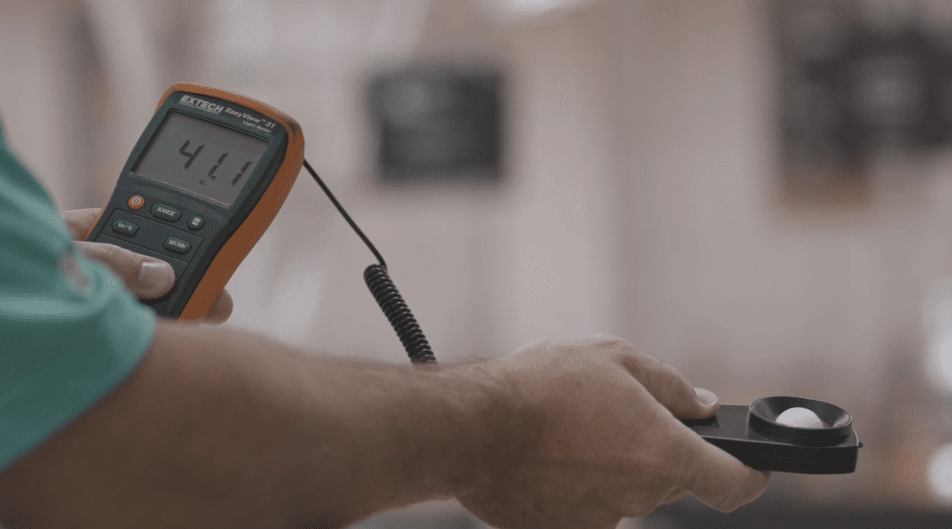
Learn how your facility can leverage the combination of LED equipment financing options and government rebates for implementing the energy upgrade projects on your to-do list. A1 Energy is highly experienced with the requirements of PPL Electric Utilities and is skilled at getting projects approved for rebates and incentives. Contact our team to see how we can get your zero capital LED retrofit project started.
About A1 Energy
A1 Energy is a local leader in energy consulting services committed to developing and delivering creative solutions to optimize energy efficiency, reliability, and sustainability for our clients. We combine our in-depth industry knowledge and financial expertise to dramatically lower energy costs and meet sustainability measures for our clients. We support government agencies, industrial, and commercial clients in achieving energy efficiency through reduced demand, strategic energy procurement, and alternative energy sources. Discuss your lighting project with us by scheduling a call.
Stay connected and see new energy projects on LinkedIn and Twitter.
